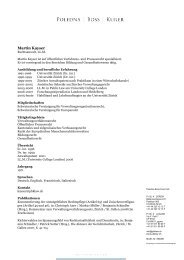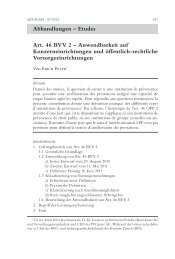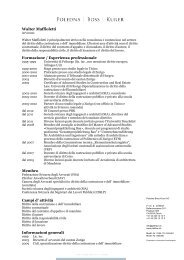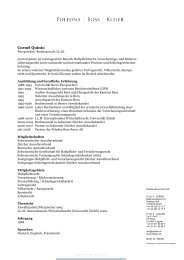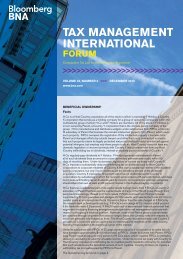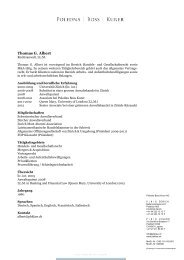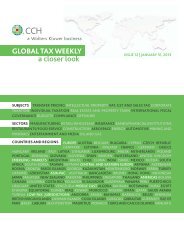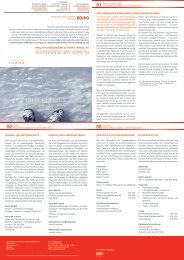721.8 kB - Poledna | Boss | Kurer
721.8 kB - Poledna | Boss | Kurer
721.8 kB - Poledna | Boss | Kurer
- No tags were found...
You also want an ePaper? Increase the reach of your titles
YUMPU automatically turns print PDFs into web optimized ePapers that Google loves.
Financial transactions ( e.g. intercompany debt,interest expense) with related parties; and,Payments of royalties, transfers/valuations ofintellectual property, and management fees torelated parties in low-tax jurisdictions.starting point in assessing their own transfer pricingprofile and potential risk for audit. We have seen adecided increase in transfer pricing activity aroundthe world, so accurate self-assessment is more importantthan ever.It is interesting to note that the OECD has theperception that intercompany services transactions,even those involving high value services, are4" often not fully documented " (emphasis ours).In addition, there are numerous references in theHandbook to transactions with low-tax jurisdictions.While the OECD is generally careful to acknowledgethat simply having such transactions isnot, on its face, inconsistent with the arm's lengthstandard, it is clear that such transactions continueto receive greater scrutiny.Th e OECD also points out some situations thatindicate a low level of transfer pricing risk ( i.e. ,a scenario where a MNE has "consistent transferpricing policies which are compliant with thearm's length principle"). 5 Furthermore, the Handbooksummarizes where information can be foundto prepare a transfer pricing risk assessment andsuggests the use of information returns ( e.g. , 5471s/ 5472s in the United States), company websites,public marketing materials, and transfer pricingdocumentation. The burden of providing such informationis on the taxpayers.The information in the Handbook is consistentwith prior guidance from regulators and transferpricing practitioners, and provides MNEs with aChinese Provide Further CommentOn Location-Specific AdvantagesAnd Other TP Issuesby Emily Sanborn (Atlanta)In October 2012, China's State Administrationof Taxation ("SAT") shared its view thatthe OECD Guidelines do not provide sufficientguidance for pressing issues faced specifically bydeveloping countries, such as location-specificadvantages ("LSAs"). 6 On March 11, 2013, ata conference sponsored in part by BloombergBNA, Liao Tizhong, deputy director general ofinternational taxation for the SAT, further expoundedupon the importance of addressingLSAs caused by comparative market conditions.We highlight the key points of his comments below.According to Tizhong, the SAT uses a fourstepapproach to determine whether additionalconsiderations should be examined with respectto LSAs:(1) Identifying whether an LSA exists.(2) Determining whether the LSA generates additionalprofit above the routine return.(3) Quantifying and measuring the additionalprofits arising from the LSA.(4) Determining the transfer pricing method to appropriatelyallocate the LSA additional profits.29





